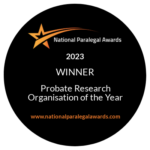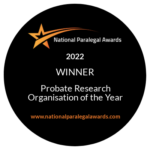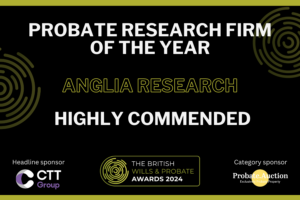The historical research behind TV series A House Through Time
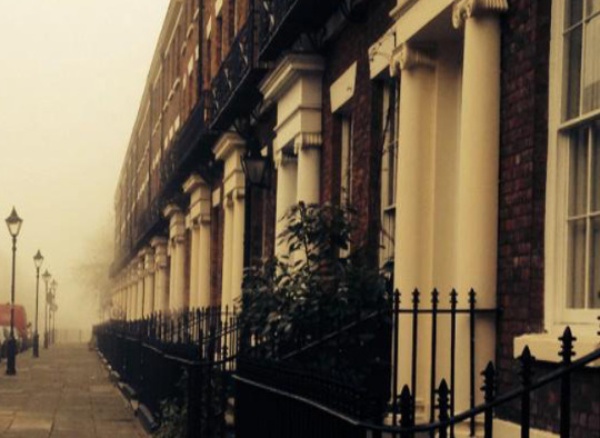
For case manager Imogen Benneworth, carrying out historical research for a TV programme is a natural extension of her work as a probate genealogist: tracing people’s lives from place to place and over time is something she does every day. However, there’s nothing everyday about the way in which BBC 2’s documentary series A House Through Time has caught the public imagination. Here Imogen answers some of the many questions people have been asking over the course of the series.
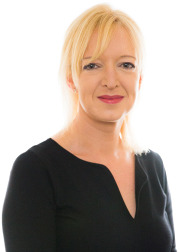 The response to A House Through Time has astounded me. It has caught the nation’s attention for the last three weeks and I’m sure the final episode, due to be aired this Thursday, will not disappoint.
The response to A House Through Time has astounded me. It has caught the nation’s attention for the last three weeks and I’m sure the final episode, due to be aired this Thursday, will not disappoint.
In 2016, production company Twenty Twenty Television approached us with a brief overview of what they were looking to create and asked if we could suggest a street in Liverpool that might fulfil the criteria.
Why 62 Falkner Street in Liverpool?
I suggested Falkner Street and it grew from there. Since people have become aware of my involvement, I have been asked so many times: how did they come to choose number 62? Twenty Twenty might be able to provide a more scientific response but I think of it this way – we had a large basket of eggs and that one just hatched first!
Starting the research
The next most frequently asked question is ‘where did you even start with that kind of research?’
Think of it as creating a painting starting with a basic outline. In this instance, the census returns and trade directories were first port of call, then voters’ lists. These documents can give you names, ages, occupations and birthplaces, but they are just the outline. You then need to go and fill in the detail and paint inside the lines.
Filling in the detail
Liverpool Central Library has over 15 kilometres of archives, including newspapers, maps, family letter collections, hospital records and photographs. Thankfully, given the amount of material available, the staff are knowledgeable and helpful. The reference library at Liverpool Maritime Museum also has a substantial collection, with specific emphasis on the Merchant Navy and the Port of Liverpool.
Nowadays many documents are accessible online but local archive collections shouldn’t be ignored. They are treasure troves of information, but you need to be patient when you’re sifting through the records.
Touching and feeling old documents is a completely different experience from looking at a digitised version on a computer screen.
In the reading room at the library, I looked at photographs, architectural drawings, house deeds and family letters. These are the documents that added colour and depth and started to bring the house alive.
I was sitting in the library one day last year when I came upon the workhouse records for Maria and Frances Steele. It was a very odd feeling seeing the same records on screen in the first episode of A House Through Time.
I was always curious as to how all the information collected by all the researchers involved would come together. Would viewers be moved as much as I was by the divorce petition of Ann Robinson, the notice in The Liverpool Courier detailing the circumstances of a body being found in Bramley Moore dock and the realisation that this was her adulterous husband, Alfred?
There isn’t a single emotion that 62 Falkner Street hasn’t witnessed in its 180 year history. David Olusoga has done a wonderful job in blending the lives passed within its walls with the background of historical events – and the finished picture is fascinating, moving and informative.
2025 Anglia Research Services All Rights Reserved.
Anglia Research and Anglia Research Services are trading names of Anglia Research Services Limited, a company registered in England and Wales: no. 05405509
Marketing by Unity Online

